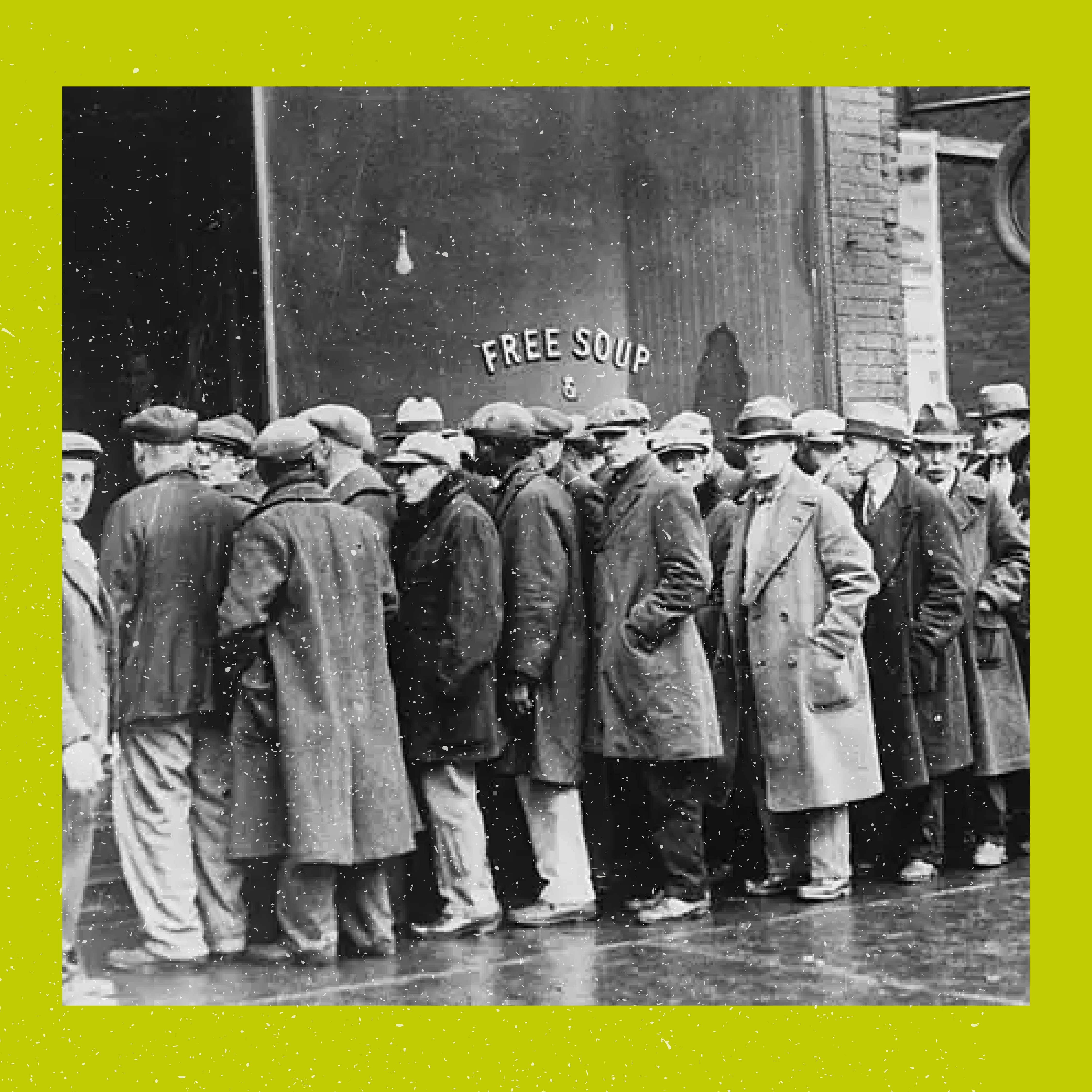MODULE 5
To better understand our current economic system, we want to situate it in the context of the U.S.’s political economic history.
In this module, we examine how the U.S. economy has evolved through three recent political economic regimes (i.e. classical liberalism, social democracy, and neoliberalism). We also discuss what this history means for our analysis of our current economic system and policy goals.


Learning Objectives:
- Explain the three political economic regimes in recent history (i.e. classical liberalism, social democracy, and neoliberalism)
Materials
For Groups:
For Individuals:
VIDEO LESSONS:
Takeaways
- In the last 200 years, capitalism has gone through at least three different versions.
- Capitalism 1.0, or Classic Liberalism, lasted from the Industrial Revolution until the 1920s, and was marked by free markets and small government.
- After the U.S. stock market crash of 1929 and the worldwide Great Depression, the U.S. moved towards a period of Social Democracy–a more regulated form of capitalism with greater social spending and stronger labor unions.
- By the 1970s, the combination of high inflation and high unemployment eroded support for Social Democracy, and capitalists in the Global North pushed for a return to a less regulated form of capitalism, attempting to lift all restrictions on profit-making. We now live in an era dominated by Neoliberal Capitalism or Capitalism 3.0.
Readings
A Brief History of Neoliberalism
David Harvey
Videos
“Breathing Life into Democracy”
Nwamaka Agbo and Francisco Pérez. Economics for Emancipation Podcast, Episode 4
“On Black Resilience and Being Loved”
Jessica Norwood and Nia Evans. Economics for Emancipation Podcast, Episode 1
“There’s No Such Thing as the Economy”
Kali Akuno and Penn Loh. Economics for Emancipation Podcast, Episode 2
“To Become Ungovernable”
Elena Letona and Gopal Dayaneni. Economics for Emancipation Podcast, Episode 3
